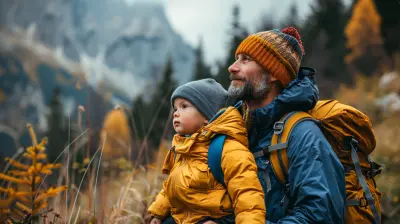Rock Collecting Adventures: Finding Treasures in Nature
15 May 2025
Have you ever picked up a shiny rock on a walk and felt like you just found a hidden gem? Rock collecting is one of those simple yet fascinating activities that can turn any ordinary outing into an exciting treasure hunt. It's perfect for kids and adults alike, and the best part? Nature is filled with countless discoveries just waiting to be unearthed!
If you're ready to dive into the world of rock collecting, this guide will walk you through everything you need to know—where to find rocks, what tools you'll need, and how to identify your newfound treasures.
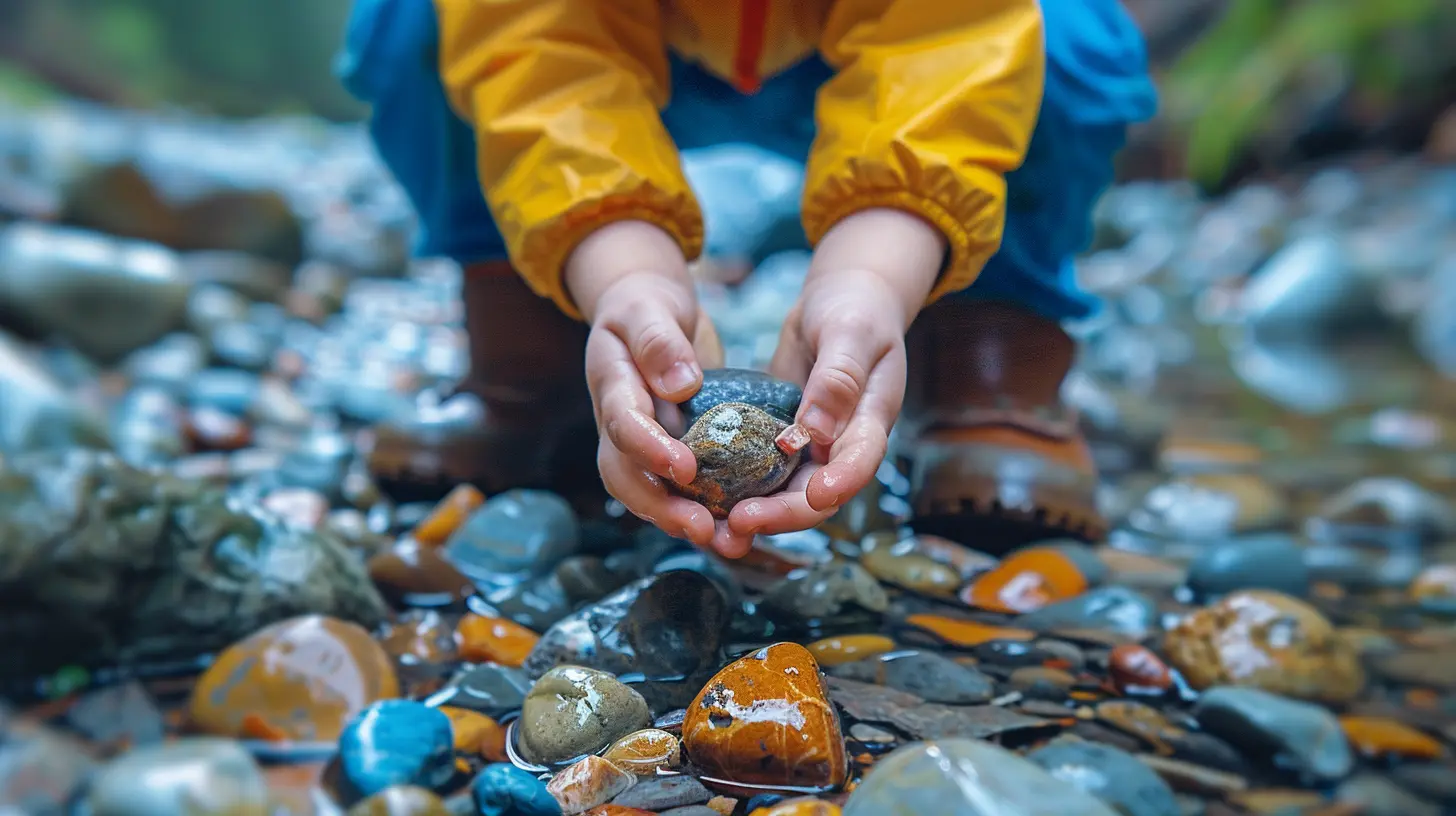
Why Rock Collecting is a Fantastic Hobby
Rock collecting isn’t just about finding pretty stones; it's a doorway to nature, science, and adventure. Here’s why this hobby is worth trying:- It’s educational – You and your kids can learn about geology, history, and even ancient Earth processes.
- It’s budget-friendly – Unlike many hobbies that require expensive gear, rock collecting can be done with just a few simple tools.
- It’s a great way to bond – Whether you’re searching with your family, friends, or solo, every discovery brings a sense of joy and accomplishment.
- It connects you with nature – A walk through the woods, along a river, or up a mountain becomes more than just exercise—it becomes a quest!
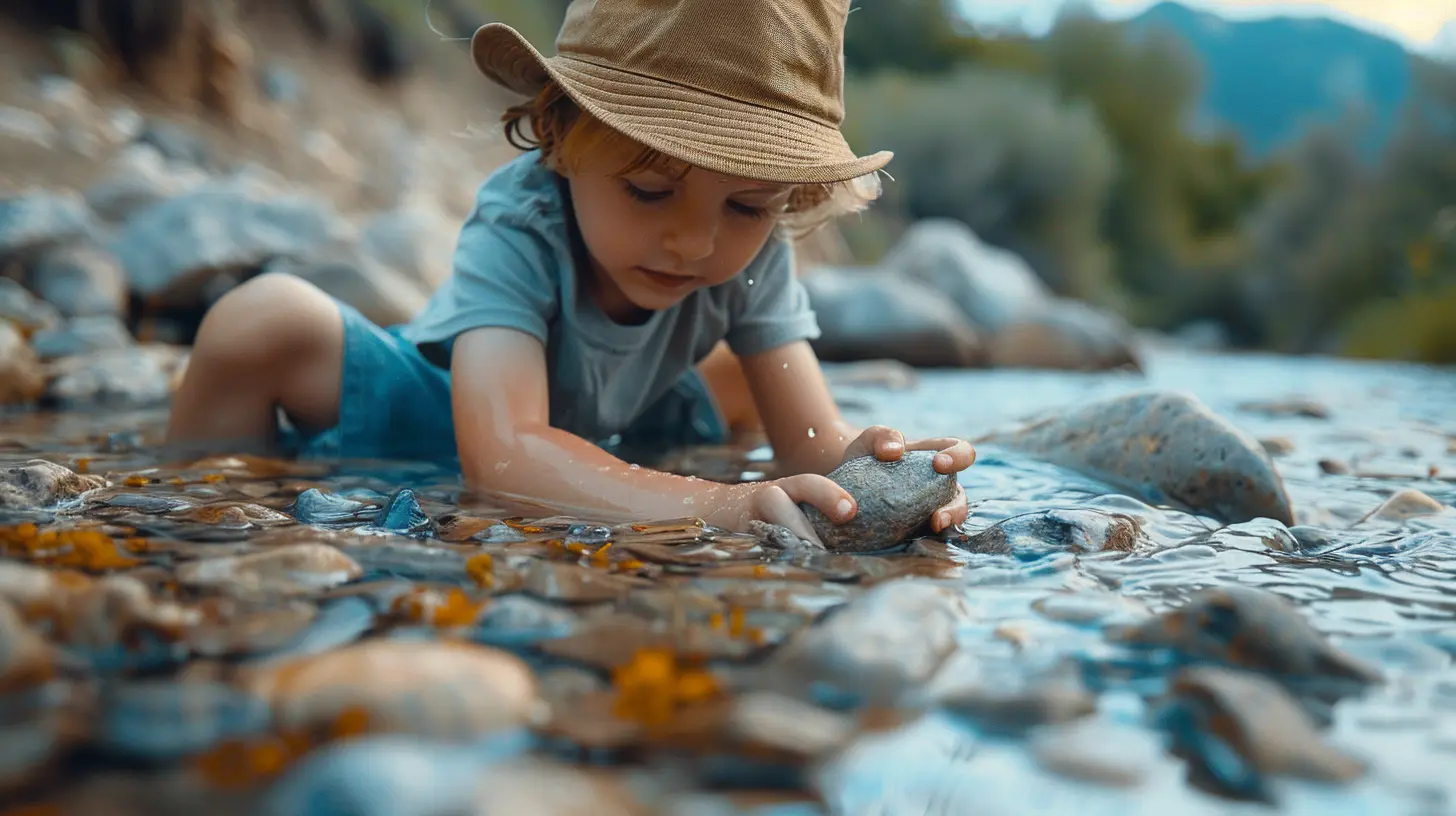
Getting Started: What You Need for Rock Collecting
Before heading out on your first rock-collecting adventure, it’s good to be prepared. Thankfully, you don’t need much to begin.Essential Tools for Rock Collecting
- A sturdy backpack – To carry your finds without weighing you down.- A rock hammer – Helps break apart larger stones or extract rocks from tough spots.
- Magnifying glass or loupe – To take a closer look at textures and crystal formations.
- Field guide or rock identification book – A must-have for recognizing and categorizing your discoveries.
- Chisel and gloves – To protect your hands while handling rough stones.
- Small jars or ziplock bags – For storing smaller specimens.
- Notebook and pencil – Jotting down location details and rock descriptions helps keep track of your best finds.
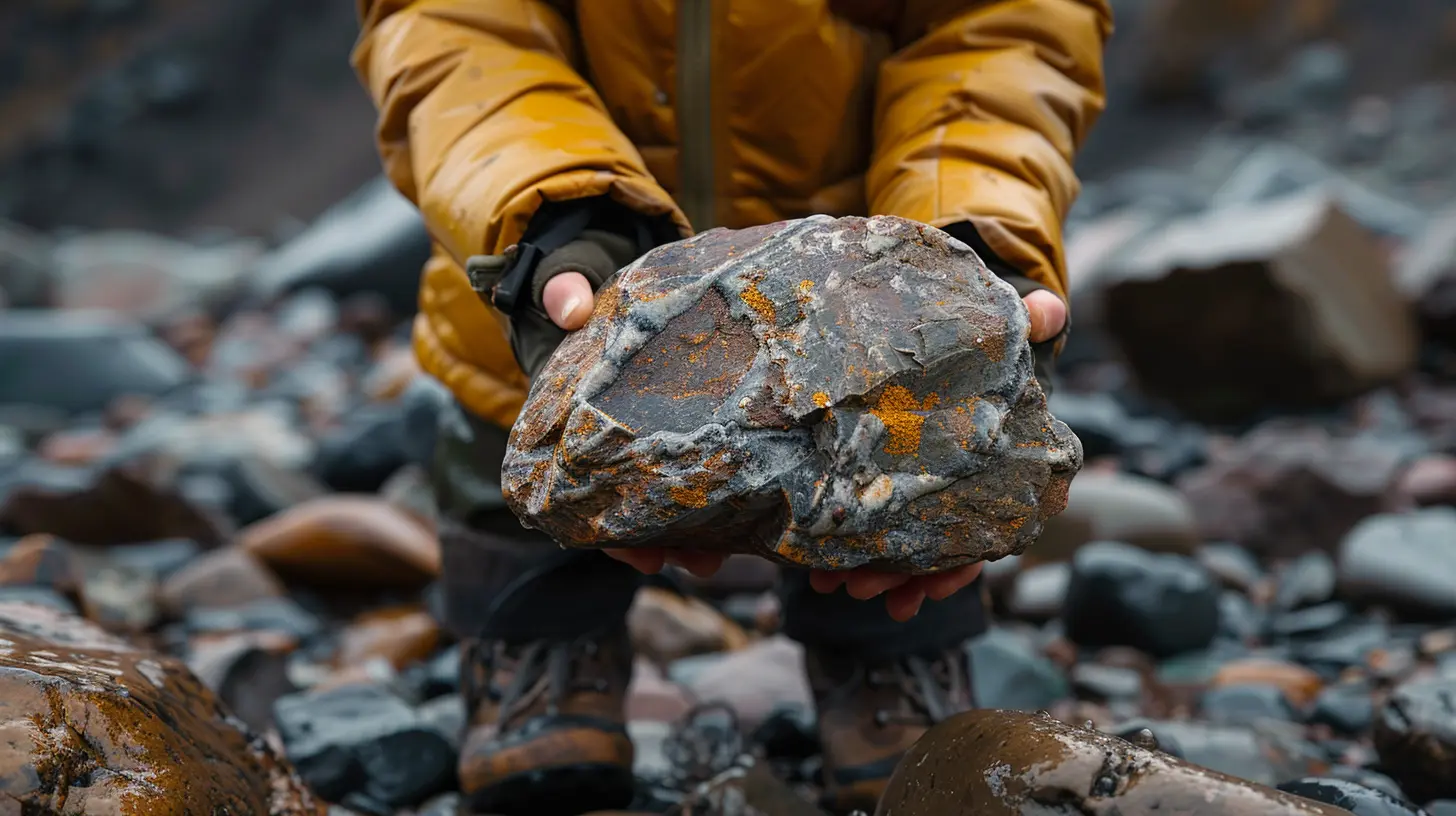
Best Places to Find Rocks
Not all locations are equal when it comes to rock collecting. Some places are full of amazing geological treasures, while others might not have much beyond ordinary pebbles. Here are some of the best spots to start your search:1. Rivers and Streams
Waterways are fantastic rock-hunting spots because flowing water naturally uncovers and smooths rocks over time. You can find everything from quartz to fossils in riverbeds! Pro tip: Check after heavy rainfall—new rocks often get exposed.2. Beaches and Shorelines
Seaside rock collecting can lead to unique finds like colorful agates, sea glass, and even fossilized coral. Tides constantly shift rocks, so there’s always something new washing up on the shore.3. Mountains and Hills
If you're up for a bit of a hike, mountains and hilly regions offer some of the most diverse rock collections. Look for exposed rock faces and old mining areas—these spots often hold rare minerals and crystals.4. Deserts
Deserts might seem barren, but they’re actually some of the best places to find gemstones and fossils. You might come across petrified wood, jasper, or even opals if you're lucky!5. Quarries and Road Cuts
Man-made rock exposures, like quarries or road cuts, offer easy access to geological formations that would normally be buried underground. Always check if collecting is allowed, though—some areas have restrictions.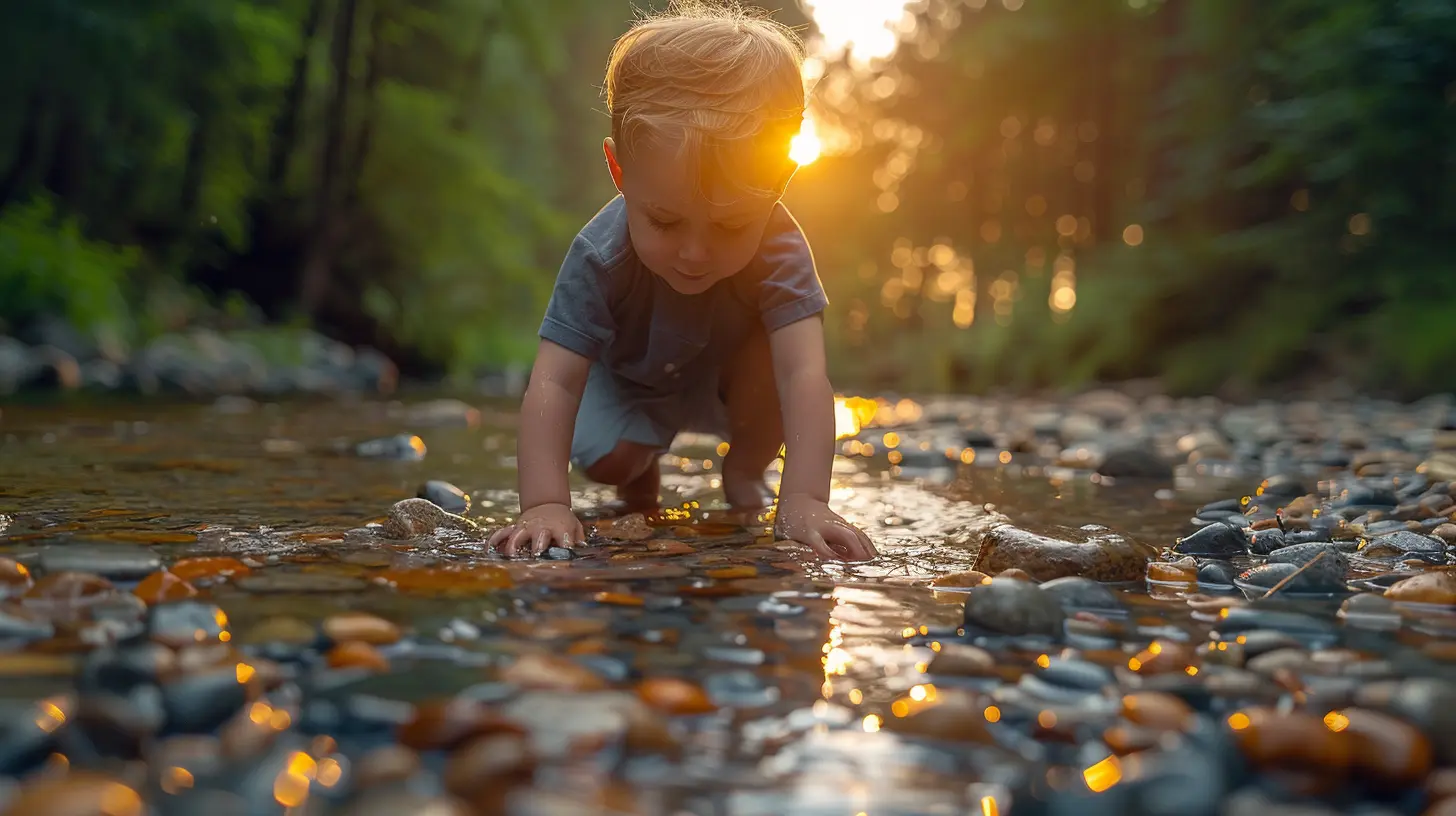
Identifying Your Finds
Once you've collected a handful of rocks, the real fun begins—figuring out what they are! Here are some simple ways to identify your treasures:1. Observe the Color and Texture
- Is it smooth or rough?- Is it sparkly, dull, or glassy?
- Are there patterns or speckles?
2. Test the Hardness
The Mohs Hardness Scale (ranging from 1 to 10) helps identify minerals based on how easily they scratch. For example:- Talc (1) is super soft—easily scratched with a fingernail.
- Quartz (7) can scratch glass.
- Diamond (10) is the hardest natural mineral.
3. Check for Streak Color
Rubbing a rock across an unglazed tile (like the back of a ceramic plate) reveals its streak color, which can differ from its surface color—useful for identifying minerals like hematite or pyrite.4. Look at the Crystal Structure
Some rocks have visible crystals. If you see cube-like, needle-like, or flat faces, you might be holding a beautiful mineral specimen like fluorite or calcite.5. Conduct a Magnet Test
If your rock sticks to a magnet, it might contain iron-based minerals like magnetite. This is a fun and easy test, especially for kids!Cleaning and Displaying Your Rock Collection
A great rock collection deserves to be well cared for. Here’s how to clean and display your finds:1. Washing Your Rocks
Most specimens can be cleaned with warm water and a soft toothbrush. Avoid harsh chemicals unless you know your rock can handle it. If a rock is especially dirty, soaking it in soapy water overnight can help.2. Organizing Your Collection
- Use labeled containers or shelves to keep different types separate.- Write down where and when you found each rock—this adds a personal touch to your collection.
- Consider displaying your best specimens in glass cases or shadow boxes for an eye-catching showcase.
Fun Ways to Use Your Rock Collection
Rock collecting isn’t just about storing stones on a shelf. Here are some creative things you can do with your finds:- Make jewelry – Turn polished stones into necklaces, bracelets, or rings.
- Create rock art – Paint fun designs or patterns on your smoother stones.
- Build a rock garden – Arrange your favorites in a small outdoor or indoor display.
- Use them for education – Teach kids about geology by categorizing and studying the different types.
Final Thoughts
Rock collecting is more than just a hobby—it’s an adventure. Whether you’re searching riverbanks, hiking up hills, or combing the beach, every rock you pick up has a story to tell. The best part? You never run out of new treasures to find.So grab a bag, lace up your shoes, and get ready to uncover nature’s hidden gems. Who knows? Your next great discovery might be just a step away!
all images in this post were generated using AI tools
Category:
Outdoor ActivitiesAuthor:

Zelda Gill
Discussion
rate this article
3 comments
Velma Gutierrez
Who knew my kids would go from rock-throwing to rock-collecting? At this rate, we’ll need a U-Haul for their ‘treasures’! Just hope they don’t start trying to trade them for screen time. Nature’s treasures, yes, but my sanity? Priceless!
May 29, 2025 at 4:40 AM

Zelda Gill
It's amazing how kids can turn their interests around! Rock collecting can be a fun and educational adventure. Just be sure to set some boundaries on those treasures!
Jonah Love
What a delightful article! Rock collecting is a fantastic way to engage kids with nature while fostering curiosity and creativity. It’s a fun, educational adventure that encourages observation skills and an appreciation for the environment. Can’t wait to try this with my family!
May 24, 2025 at 2:24 AM

Zelda Gill
Thank you so much! I’m thrilled to hear you’re excited to try rock collecting with your family—it's truly a wonderful way to explore nature together!
Gavin Dillon
What a fascinating take on nature exploration! I'm curious about how you engage kids in rock collecting—do you have tips for turning this adventure into a fun, educational experience? Excited to start our own treasure hunt!
May 16, 2025 at 2:24 AM

Zelda Gill
Absolutely! To engage kids in rock collecting, try setting up a scavenger hunt with a checklist of different rock types. Encourage observations by discussing each rock’s unique features and origin. Share fun facts and use storytelling to spark their imagination. Happy treasure hunting!
